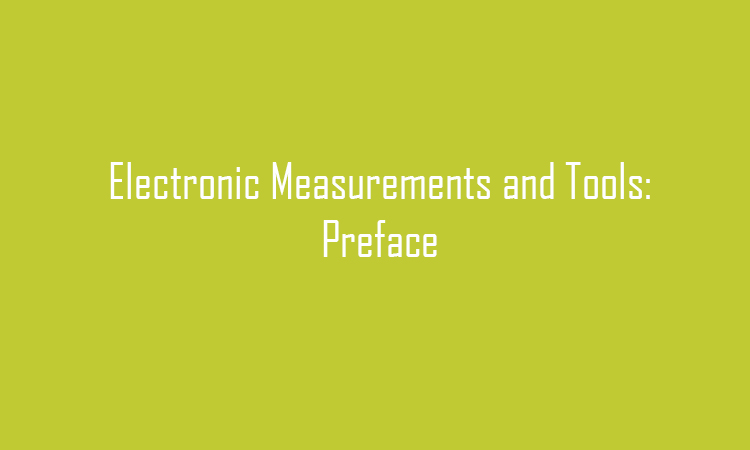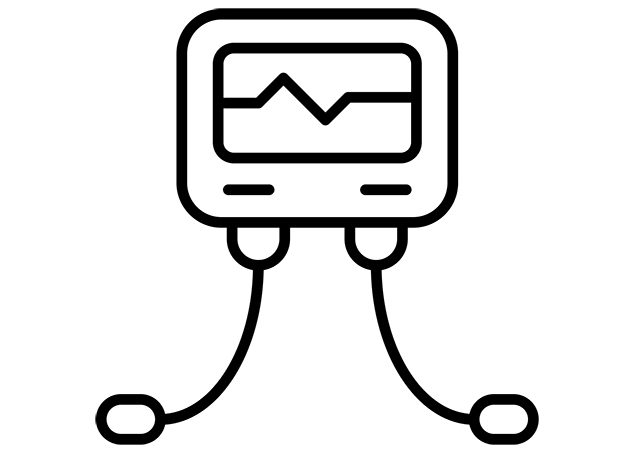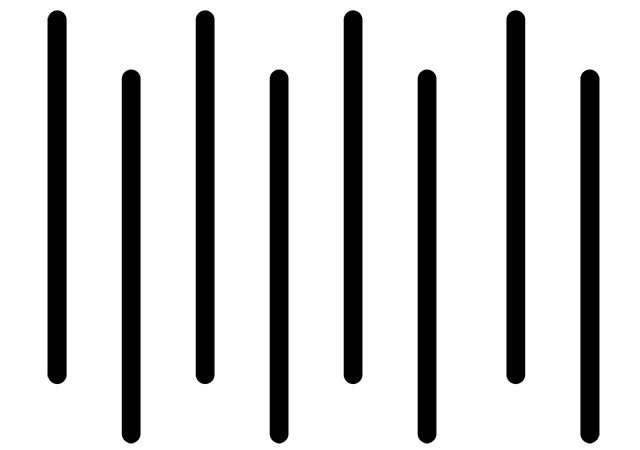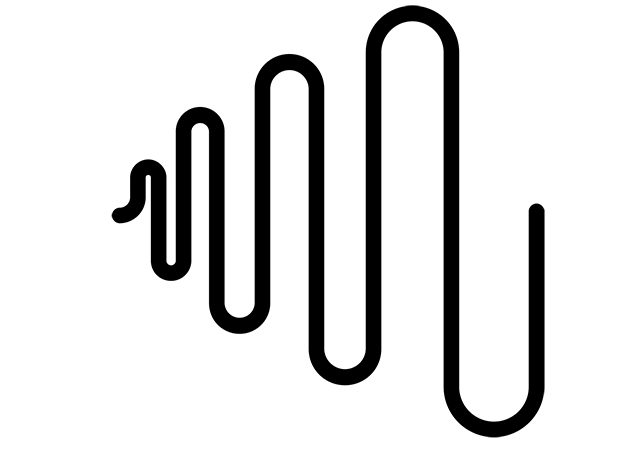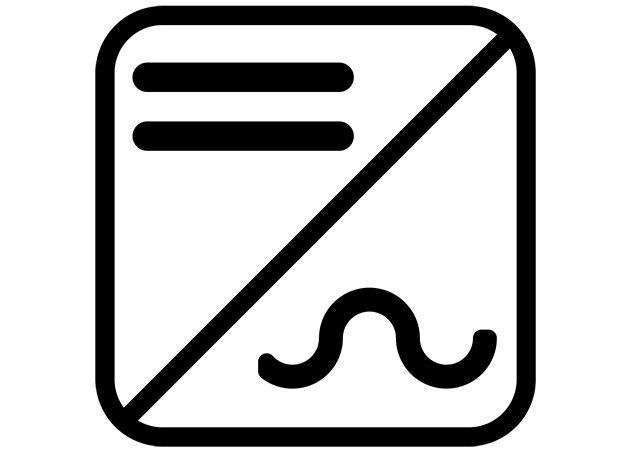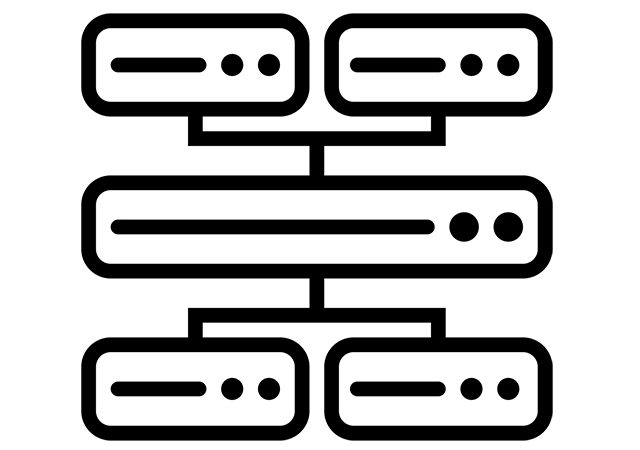This post covers types of electrical measurement systems. Every engineering task requires the measurement of some physical quantity and converting it to an electrical…
Category: Electronic Measurements and Tools
Electronic Measurements and Tools: Preface
Aim of the study element
To introduce the principles of measurng electronic devices, and basic instrumentation systems. To familiarase students with physicals sensors, techniques for appropriate wiring and grounding, digital-to-analogue and reverse data conversion.
Learning outcome
Having successfully completed this element you will be able to:
- Be familiar with sensors and tranducers that are commonly used in electrical measurements.
- Have the knowledge of how to make proper electrical connections, and be familiar with wiring techniques.
- Have knowledge of grounding techniques.
- Be able to construct an electrical connection, understanding its noise impact and reduce interference.
- Have the knowledge of analogue-to-digital and reverse conversion, and other ICs used in instrumentation for measurement and data transmission.
Covered topics
- Measurement systems.
- Wiring and grounding.
- Noise.
- Signal conditioning.
- Timing circuits.
- Analogue–to–digital, Digital-to-analogue
- Other instrumentation IC
Capacitive displacement transducer
This post answers the question how capacitive displacement sensor works. Capacitance of a parallel-plates capacitor is determined by the formula C=εadwhere a is the…
Piezoelectric transducer
This post is about how piezoelectric transducer work. Piezoelectric transducer is used to measure force, pressure and acceleration. These sensors contain a piezoelectric element…
Digital position encoder
This post covers the topic of what is a working principle of digital position encoder. A digital position encoder is a sensor that generates…
Signal sources, noise sources, coupling mechanisms
This post answers the question how to reduce noise in a circuit. During circuit design it is important to make a proper connection between…
Filtering and amplification
This post answers the question what is filtering in signal processing. The first step towards a proper measurement system is shielded, grounded and wired…
Analogue-to-digital and digital-to-analogue signal conversion
This post covers the topic "AD and DA conversion explained". Digital-to-analogue (DAC) conversion converts binary words into voltage or current signal. And it's extreme…
Comparators
This post explains the difference between comparator and schmitt trigger. A comparator is a circuit with two inverting or non-inverting terminals and an output…
Data transmission
Data transmission is one of the important steps in data acquisition, and that data is usually transmitted in digital form. The most significant reason…

